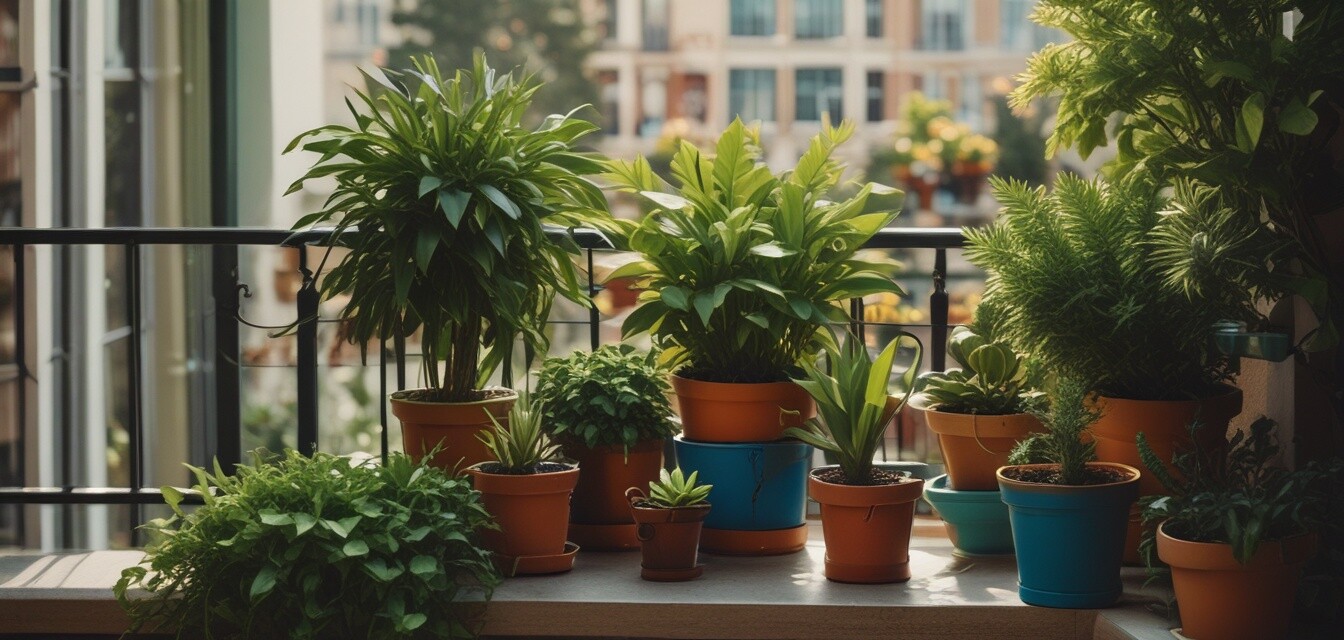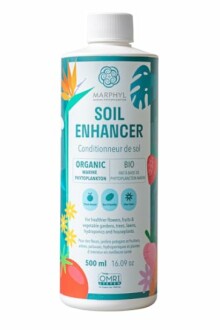
Best Practices for Fertilizing Houseplants
Key Takeaways
- Understand the nutritional needs of different houseplants.
- Choose the right type of fertilizer based on plant type and growth stage.
- Apply fertilizer correctly to avoid over-fertilization.
- Consider organic options to promote a healthier environment.
- Keep track of fertilization schedules for optimal growth.
Fertilizing your houseplants is essential to ensure they thrive in containers, especially if you're working with limited space, such as balconies. This article will explore effective techniques and practices to maximize the growth and health of your houseplants through proper fertilization.
Understanding Fertilizer Types
Different plants have unique nutritional needs and may respond differently to fertilizers. Understanding these needs will help you choose the right type of fertilizer for your indoor plants.
| Fertilizer Type | Description | Best For |
|---|---|---|
| Granular Fertilizer | Slow-release granules that provide nutrients over time. | General use for most houseplants. |
| Liquid Fertilizer | Quick-acting application that dissolves in water. | Plants requiring immediate nutrient boost. |
| Organic Fertilizer | Made from natural materials, safe for all plants. | Eco-conscious gardeners or sensitive plants. |
| Slow-Release Fertilizer | Releases nutrients gradually over an extended period. | Low-maintenance plants or during vacation periods. |
Best Practices for Fertilizing Houseplants
Here are some best practices to follow while fertilizing your houseplants:
- Know Your Plant's Needs: Different plants have different nutritional requirements. Research what your specific houseplants need. For example, 6 x Pet Friendly House Plants are ideal for households with pets.
- Read the Labels: Always read the instructions and labels on the fertilizer container for guidance on application frequency and measuring.
- Water Before Fertilizing: Water your houseplants a day before applying fertilizer to minimize the risk of fertilizer burn.
- Uniform Application: Distribute the fertilizer evenly across the soil surface and avoid direct contact with the plant's roots.
- Monitor Your Plants: Observe your plants for signs of over-fertilization, such as yellowing leaves or stunted growth.
- Adjust Frequency: Fertilize less frequently during dormancy seasons for most houseplants, typically in fall and winter.
How Often Should You Fertilize?
The frequency of fertilization often varies depending on the type of plant, its growth stage, and the fertilizer type. Here's a general guideline:
| Plant Type | Growth Stage | Fertilizing Frequency |
|---|---|---|
| Succulents | Growing | Every 4-6 weeks |
| Flowering Plants | Blooming | Every 2-4 weeks |
| Green Houseplants | Growing | Every 4-8 weeks |
| Herbs | Growing | Every 2-4 weeks |
Organic Fertilizer Options
Organic fertilizers can be a great choice for those looking to create a healthy environment for their houseplants. One exceptional option is the
MARPHYL Organic Liquid Fertiliser
This nutrient-rich liquid fertilizer supports the health of all types of indoor plants, offering a boost without harmful chemicals.
Learn MoreThe Bottom Line
Fertilizing your houseplants is a crucial component of their care. Understanding the types of fertilizers available, best practices for application, and the specific needs of your plants will help foster healthy growth in your container gardens.
Further Resources
For more information on managing your balcony garden, check out our guides on:
